Home>Garden Essentials>How Many Seeds In A Cucumber
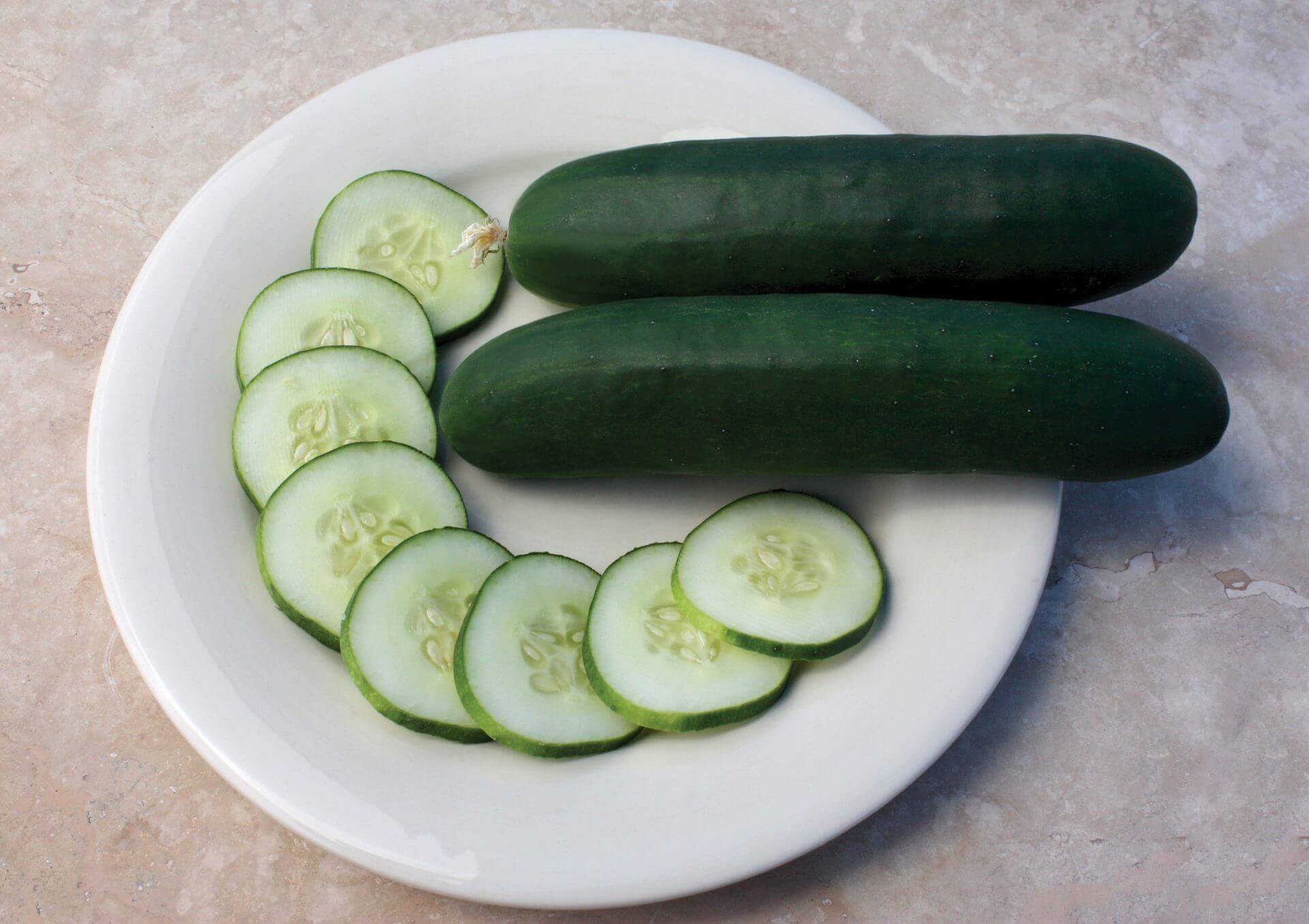

Garden Essentials
How Many Seeds In A Cucumber
Modified: August 17, 2024
Discover the secrets of a bountiful garden with our guide on how many seeds in a cucumber. Learn expert tips to maximize your harvest and transform your green thumb.
(Many of the links in this article redirect to a specific reviewed product. Your purchase of these products through affiliate links helps to generate commission for Storables.com, at no extra cost. Learn more)
Introduction
Cucumbers, with their crisp and refreshing taste, are a staple in many gardens and kitchens. Whether you enjoy them in salads, pickles, or as a cool and hydrating snack, cucumbers are a versatile vegetable that packs a nutritious punch. But have you ever wondered how many seeds are found in a cucumber? In this article, we will explore the fascinating world of cucumbers and delve into the intricacies of seed production in these beloved greens. So, let’s embark on a journey to uncover the mystery of the seed count in a cucumber.
Cucumbers belong to the Cucurbitaceae family, along with other cucurbit vegetables like pumpkins and melons. These plants feature both male and female flowers, relying on pollination to produce fruit. Within the cucumber’s fruit, the seeds are responsible for the plant’s reproduction. Understanding the anatomy and lifecycle of a cucumber plant can shed light on how the seeds are produced and why the seed count can vary.
Factors such as the variety of cucumber, growing conditions, and pollination play a significant role in determining the number of seeds in a cucumber. The anatomy of a cucumber consists of the fruit or vegetable part, known as the pepo, and the seed-filled center. The pepo is derived from the ovary of the female flower, which enlarges and develops into the edible cucumber we know and love.
Stay tuned as we explore the intricate process of seed production in cucumbers, the factors that influence seed count, common misconceptions, and why the number of seeds in a cucumber has implications for gardeners and consumers alike. We will also discuss methods for counting seeds in a cucumber to satisfy your curiosity about these tiny, life-bearing wonders. So join us on this journey into the world of cucumbers and prepare to be amazed by the secrets that lie within their seeds.
Key Takeaways:
- The number of seeds in a cucumber can vary based on factors like the type of cucumber, pollination, and growing conditions. Understanding these factors helps gardeners and consumers make informed choices.
- Counting cucumber seeds is a simple process that can satisfy curiosity, but the value of a cucumber goes beyond its seed count. Cucumbers offer essential nutrients and contribute to delicious recipes.
Read more: How Many Cucumber Seeds Per Pot
The Anatomy of a Cucumber
To understand the seed count in a cucumber, it’s essential to familiarize ourselves with the anatomy of this popular vegetable. Cucumbers belong to the Cucurbitaceae family, which includes various squash, melon, and gourd varieties.
A cucumber consists of several key parts: the stem, leaves, flowers, and the fruit itself. The stem serves as the support structure for the plant, while the leaves play a crucial role in photosynthesis, providing energy for growth. The flowers are where the magic happens – the female flowers contain tiny fruit ovaries, while the male flowers produce pollen.
When a cucumber plant blooms, it produces both male and female flowers. The male flowers usually appear first, and their primary purpose is to produce pollen. It is the pollen grains that carry the male genetic material necessary for reproduction. These grains are transferred from the male flowers to the female flowers by pollinators such as bees, butterflies, or even wind.
The female flowers of cucumbers feature a small fruit structure called the ovary. Once pollinated, the ovary begins to develop into a cucumber. Over time, the cucumber grows in length, filling out with flesh and seeds. The seeds are contained within the central part of the cucumber, surrounded by the edible flesh we enjoy consuming.
Interestingly, cucumbers are considered “pepos,” a type of berry with a thick and fleshy rind. These rinds protect and encase the seeds, providing them with optimal conditions for development. The seeds themselves vary in size, shape, and color, depending on the cucumber variety.
Now that we have a basic understanding of the anatomy of a cucumber, let’s explore how these seeds are produced and why the seed count can differ from cucumber to cucumber. Understanding the factors that influence seed production is key to comprehending the variations in seed count and their significance.
How Seeds are Produced in Cucumbers
The process of seed production in cucumbers is both fascinating and intricate. Once the female flower of a cucumber plant is pollinated, the ovary begins to develop into a cucumber, and within it, the seeds start to form.
Following pollination, the pollen grains reach the female flower’s stigma, which is a sticky structure designed to collect pollen. From the stigma, the pollen grains travel down the flower’s style and reach the ovary. Once inside the ovary, the pollen grains fertilize the ovules, which are small structures inside the ovary that will eventually grow into seeds.
After fertilization occurs, the ovules begin to transform into seeds. The cells within the ovules divide and multiply, forming the embryo, which is the young plant contained within the seed. Simultaneously, the surrounding tissues within the ovary start to develop and become the flesh of the cucumber that we consume.
As the cucumber continues to grow, the seeds mature and undergo further development. The embryo within the seed acquires nutrients and grows, while the seed coat, which provides protection, becomes thicker and hardens. This process ensures the survival and viability of the seeds, preparing them for potential germination and the growth of a new cucumber plant.
The number of seeds in a cucumber can vary depending on various factors, such as the cucumber variety, growing conditions, and successful pollination. Some cucumber varieties are bred specifically for high seed production, while others may prioritize larger fruit size with fewer seeds. Furthermore, environmental conditions like temperature, sunlight, and water availability can also influence seed production.
In some cases, cucumbers may not produce viable seeds at all. This can happen if there is incomplete or unsuccessful pollination, or if the plant is not receiving the necessary nutrients and care. It is essential for cucumber plants to have access to sufficient pollinators, proper fertilization, and optimal growing conditions to ensure healthy seed production.
Overall, the process of seed production in cucumbers is a delicate and intricate dance between male and female flowers, pollinators, and the plant itself. Understanding these mechanisms gives us insight into why the seed count in cucumbers can vary and the significance behind it. Next, we will delve into the factors that can affect the number of seeds in a cucumber and debunk some common misconceptions.
Factors Affecting the Number of Seeds in a Cucumber
The number of seeds found in a cucumber can vary for several reasons. Understanding these factors can provide valuable insights into why some cucumbers may have more seeds than others. Let’s take a closer look at the key factors that influence seed count in cucumbers.
1. Cucumber Variety: Different cucumber varieties have varying characteristics, including their seed production. Certain varieties are bred to produce higher seed counts, while others focus on larger fruit size with fewer seeds. It’s crucial to select the right cucumber variety based on your preferences and intended use.
2. Pollination Success: Successful pollination is essential for proper seed development. Cucumber plants rely on pollinators such as bees, butterflies, and other insects to transfer pollen from the male flowers to the female flowers. If pollination is incomplete or insufficient, it can result in a lower seed count or even seedless cucumbers.
3. Growing Conditions: Environmental factors play a significant role in seed production. Cucumbers thrive in warm temperatures, ideally between 70 and 85 degrees Fahrenheit (21-29 degrees Celsius). Adequate sunlight, moisture, and well-drained soil are also crucial for optimal seed production. Any stressors, such as extreme heat or drought, can negatively impact seed development.
4. Fertilization and Nutrient Availability: Cucumber plants require proper nutrition to support healthy seed production. Adequate levels of essential nutrients, including nitrogen, phosphorus, and potassium, are necessary for optimal plant growth and seed development. Providing a well-balanced fertilizer and ensuring the soil has appropriate nutrient levels can positively influence seed count.
5. Plant Health and Vigor: Healthy cucumber plants are more likely to produce a greater number of seeds. Plants that are free from diseases, pests, and nutrient deficiencies have the energy and resources to allocate towards seed production. Regular monitoring and maintaining plant health through proper watering, pest control, and disease prevention measures are crucial for maximizing seed count.
It’s important to note that while these factors can influence seed count, the overall quality and taste of the cucumber are not solely determined by the number of seeds. In fact, some seedless varieties are prized for their tenderness and lack of bitterness.
Understanding the factors that affect seed count in cucumbers empowers gardeners and farmers to make informed decisions when selecting varieties and managing their growing conditions. By optimizing these factors, you can increase the chances of obtaining cucumbers with the desired seed count for your specific needs. In the next section, we will address common misconceptions about seed count in cucumbers and shed light on their significance.
When counting the seeds in a cucumber, cut it open lengthwise and use a spoon to scoop out the seeds. Count the seeds in one half and then double that number to estimate the total amount of seeds in the whole cucumber.
Common Misconceptions about Seed Count in Cucumbers
When it comes to the number of seeds in a cucumber, there are several misconceptions that are important to clarify. These misconceptions often arise from assumptions or hearsay, leading to incorrect beliefs about seed count and its significance. Let’s debunk some common misconceptions surrounding seed count in cucumbers.
1. More Seeds = Less Quality: Contrary to popular belief, the number of seeds in a cucumber does not directly correlate with its quality. While some individuals may prefer cucumbers with fewer seeds for texture or ease of eating, seeds themselves are a natural part of the cucumber’s reproductive process. The presence or absence of seeds does not determine the taste or nutritional value of the cucumber.
2. Seedless Cucumbers are Genetically Modified: Many people believe that seedless cucumbers are the result of genetic modification. However, this is not accurate. Seedless cucumber varieties are developed through selective breeding techniques, not genetic engineering. These varieties are selectively bred to produce fruit with minimal or no mature and viable seeds, offering a unique texture and taste experience.
3. More Seeds Mean Higher Nutritional Value: The nutritional value of a cucumber is primarily determined by its flesh, not the seeds. While cucumber seeds do contain certain nutrients, such as healthy fats and fiber, the majority of the cucumber’s nutritional content, such as vitamins and minerals, is concentrated in the flesh. Therefore, the seed count does not directly impact the overall nutritional value of the cucumber.
4. Seedless Cucumbers Cannot Produce Seeds: One common misconception is that seedless cucumbers cannot produce viable seeds. While it is true that seedless cucumbers have a reduced number of mature seeds, they can still produce a limited number of underdeveloped and non-viable seeds. However, if you want seeds for future planting, it is best to choose a seeded variety specifically bred for seed production.
5. All Cucumbers Should Have the Same Seed Count: Cucumber seed count can vary widely based on factors such as variety, growing conditions, and pollination success. Different cucumber varieties have specific characteristics, including seed production, and it’s normal for different cucumbers to have varying seed counts. Embrace the diversity and enjoy the uniqueness of each cucumber you encounter.
Understanding these misconceptions is essential for making informed decisions as a gardener or consumer. It allows us to appreciate the natural variations in seed count among cucumbers and understand that seed count does not define the cucumber’s quality or nutritional value.
In the next section, we will explore why the number of seeds in a cucumber matters and its implications for both gardeners and consumers.
Read more: How To Seed A Cucumber
Why the Number of Seeds in a Cucumber Matters
The number of seeds in a cucumber may seem like a trivial detail, but it holds significance for both gardeners and consumers. Understanding why seed count matters can help inform our choices and enhance our gardening and culinary experiences. Let’s explore the reasons why the number of seeds in a cucumber is important.
1. Seed Saving and Plant Propagation: For gardeners interested in saving seeds for future planting, the number of seeds in a cucumber is crucial. A cucumber with a higher seed count provides a greater opportunity to collect and preserve viable seeds for the next growing season. Conversely, if seed saving is not a goal, opting for seedless or low-seed count cucumber varieties may be more suitable for consumption.
2. Culinary Uses and Texture Preferences: The presence or absence of seeds can affect the texture of cucumbers, making a difference in culinary preparations. Some individuals may prefer cucumbers with fewer seeds for a smoother and crisper eating experience, while others appreciate the slight crunch and flavor variation provided by more seeds. Understanding your preference can guide your selection of cucumbers for salads, sandwiches, or pickling.
3. Aesthetics and Presentation: The seed count can also impact the appearance and presentation of cucumbers. Cucumbers with a higher seed count may have a more pronounced bulge in the middle, while those with fewer seeds appear more uniform in shape. This knowledge can be useful for selecting cucumbers for decorative purposes or for creating visually appealing dishes.
4. Breeding and Genetic Diversity: Seed count is an important trait considered by breeders when developing new cucumber varieties. Cucumbers with higher seed counts are often sought after for breeding purposes, as they offer a greater chance of genetic diversity and potential for creating new and improved cucumber cultivars with desirable traits.
5. Cultural and Regional Preferences: The seed count in cucumbers can also vary based on cultural and regional preferences. Different cuisines and culinary traditions may prioritize certain seed counts for traditional dishes or pickling methods. Taking these preferences into account can enhance cultural authenticity and ensure the enjoyment of traditional recipes.
It’s important to remember that the number of seeds in a cucumber does not determine its overall quality, taste, or nutritional value. Whether a cucumber has more or fewer seeds, it remains a healthy and refreshing addition to a balanced diet.
By recognizing the importance of the seed count, we can make informed choices when selecting cucumber varieties for specific purposes and appreciate the diversity that nature offers. Now, let’s explore how to count seeds in a cucumber for those who are curious to unravel the mystery within.
How to Count Seeds in a Cucumber
If you’re intrigued by the inner workings of a cucumber and want to satisfy your curiosity by counting the seeds, you’ll be pleased to know that it’s a relatively simple process. Here are the steps to help you count the seeds in a cucumber:
1. Select a Ripe Cucumber: Choose a fully ripened cucumber with a firm texture and vibrant color. A ripe cucumber is more likely to have developed mature seeds.
2. Slice the Cucumber: Use a clean knife to cut the cucumber lengthwise into halves or smaller sections, depending on your preference. This will expose the seed-filled center of the cucumber.
3. Gently Scrape the Seeds: With a spoon or your fingers, gently scrape the seeds out of the cucumber. Be careful not to damage or crush the seeds in the process. You can place the seeds on a clean surface or a plate for better visibility.
4. Estimate the Seed Count: Once you have the seeds separated, take a moment to estimate their count visually. You can group them in small piles of 10 or 20 seeds to make counting easier. If the seeds are small or densely packed, you may want to use a magnifying glass to get a more accurate count.
5. Count and Record: Take your time to count the seeds in each pile, keeping track of the numbers as you go. Once you’ve counted all the seeds, add up the totals to get the final seed count for the cucumber.
It’s important to note that seeds may vary in size and shape, even within the same cucumber. Some seeds may also be underdeveloped or damaged, so you should focus on counting mature and viable seeds whenever possible. Additionally, keep in mind that results may vary between different cucumbers and cucumber varieties.
Remember, counting the seeds is not necessary for enjoying cucumbers in your favorite dishes. It’s purely for curiosity and gaining a deeper understanding of the cucumber’s reproductive process.
So, grab a ripe cucumber, slice it open, and embark on your seed-counting adventure. You might be surprised by the number of seeds found within this humble vegetable.
Conclusion
In conclusion, cucumbers are not only versatile and delicious, but they also offer an interesting glimpse into the world of seed production. The number of seeds in a cucumber can vary based on factors such as the variety, pollination success, growing conditions, and plant health. While the seed count does not directly correlate with the cucumber’s quality, it holds significance for seed saving, culinary preferences, aesthetics, breeding, and cultural traditions.
Understanding the anatomy of a cucumber and how seeds are produced provides a deeper appreciation for this beloved vegetable. Demystifying common misconceptions about seed count helps us make informed choices and embrace the natural variations found in cucumbers. Whether you enjoy cucumbers with more or fewer seeds, each has its own unique qualities and benefits.
For those curious about the seed count in a cucumber, the process of counting seeds is relatively straightforward. By selecting a ripe cucumber, slicing it open, gently scraping out the seeds, and estimating and counting them, you can embark on a mini-adventure of discovery.
Whether you’re a gardener looking to save seeds, a culinary enthusiast exploring different textures, or simply passionate about understanding the inner workings of nature, the world of cucumber seeds offers a fascinating journey.
Remember, the value of a cucumber extends beyond its seed count. Cucumbers are packed with essential nutrients, contribute to hydration, and make a refreshing addition to various recipes. So, whether you prefer seedless or seeded cucumbers, enjoy the many benefits these vibrant greens have to offer.
As you savor your next cucumber-infused dish or admire the beauty of a vine adorned with these green gems, take a moment to appreciate the intricate process of cucumber seed production. The journey from flower to fruit, from pollen to seed, is a testament to the wonders of nature and the marvels found within our gardens.
So, go ahead, embrace the crunch, relish the freshness, and let cucumbers continue to be a treasured part of your culinary adventures. Cheers to the delightful world of cucumbers and their intriguing seed-filled bounty!
Frequently Asked Questions about How Many Seeds In A Cucumber
Was this page helpful?
At Storables.com, we guarantee accurate and reliable information. Our content, validated by Expert Board Contributors, is crafted following stringent Editorial Policies. We're committed to providing you with well-researched, expert-backed insights for all your informational needs.

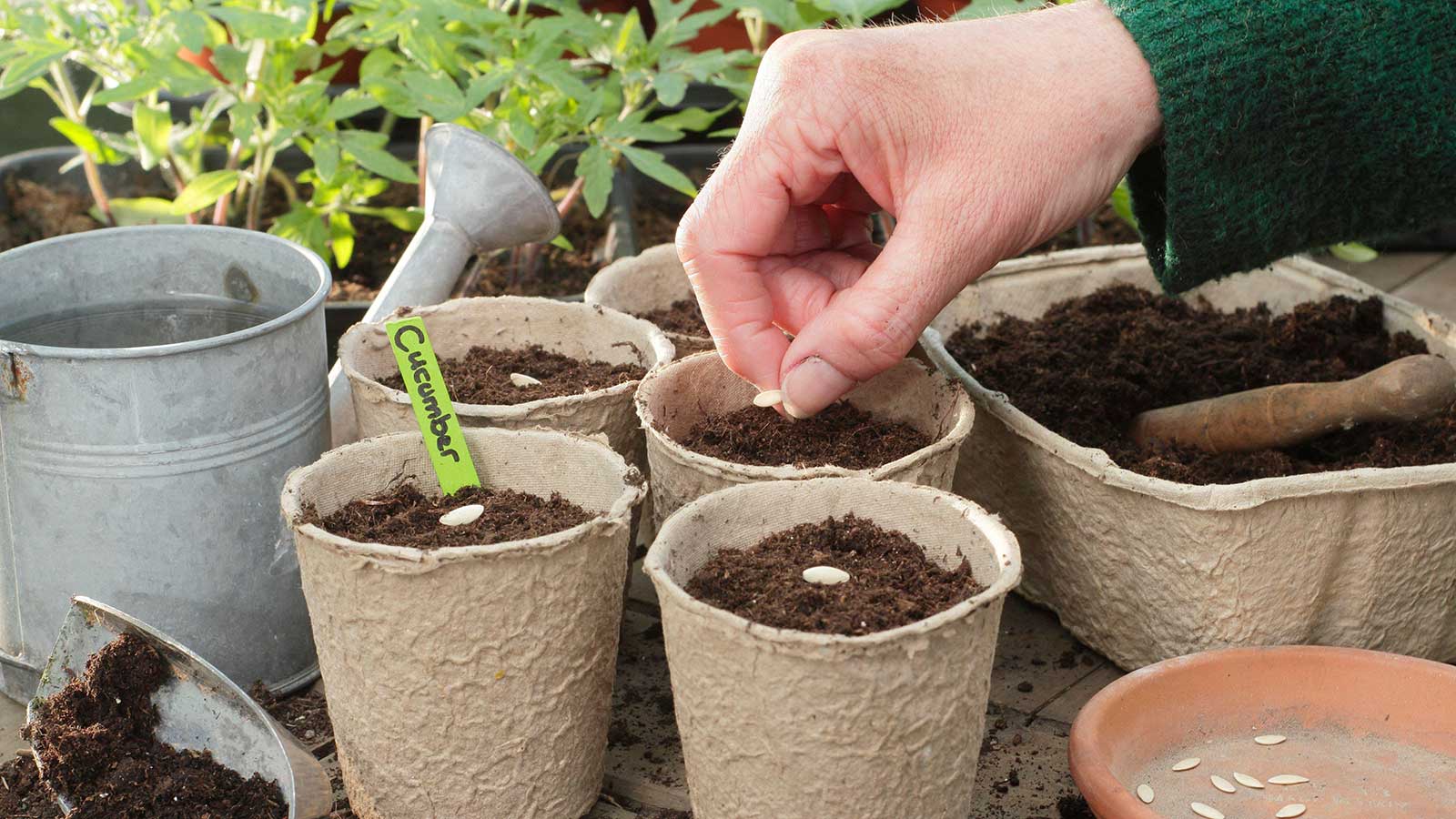
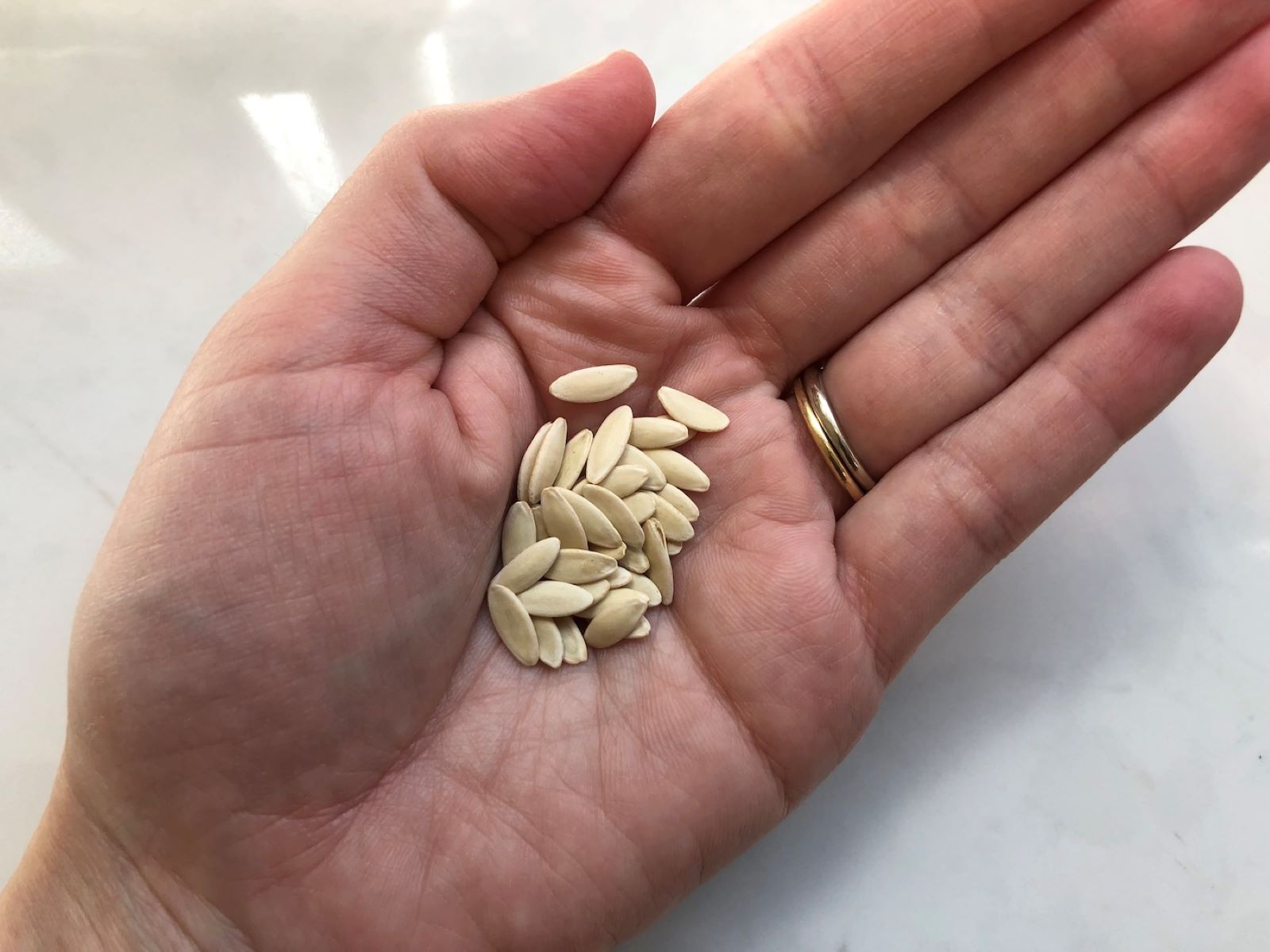
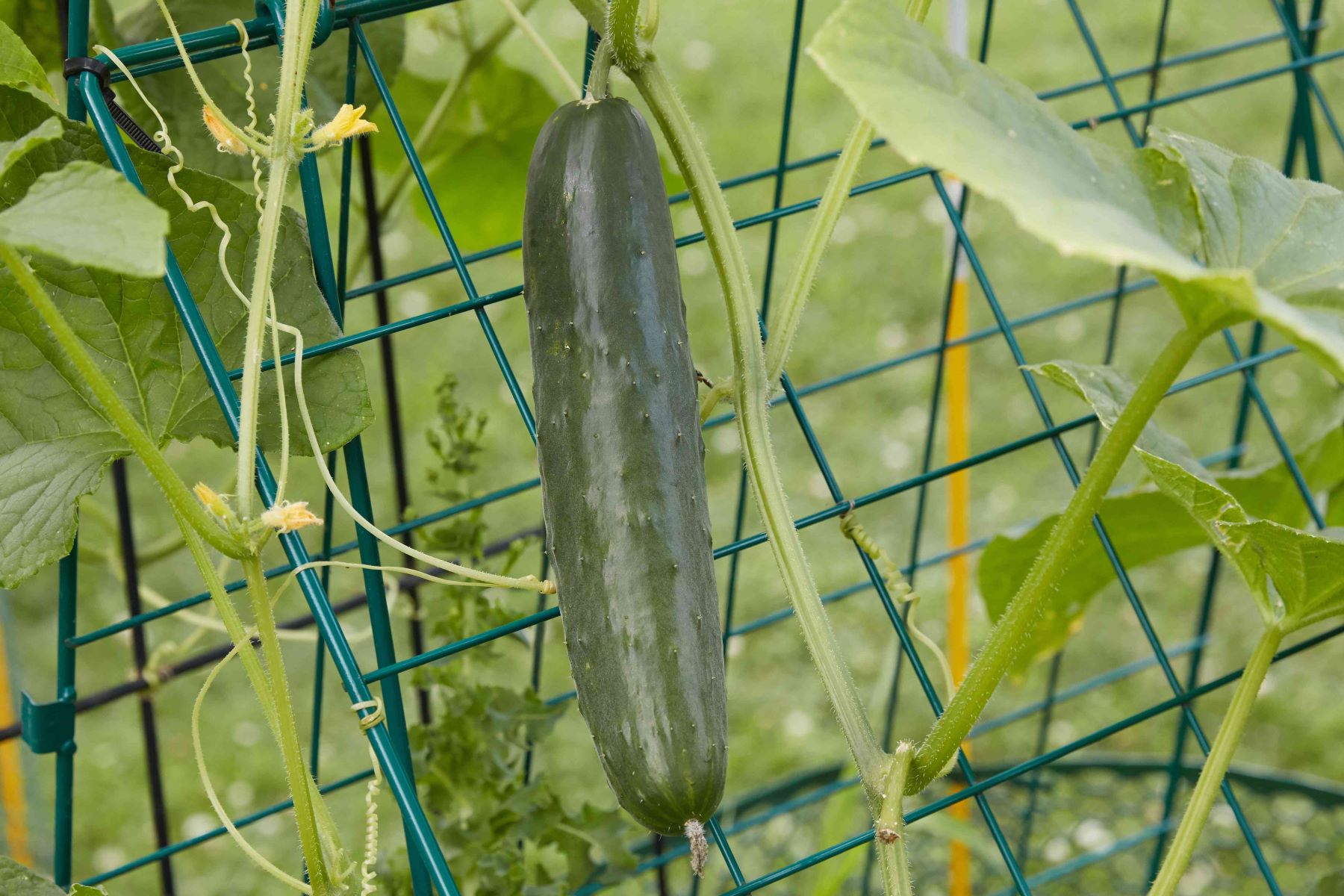
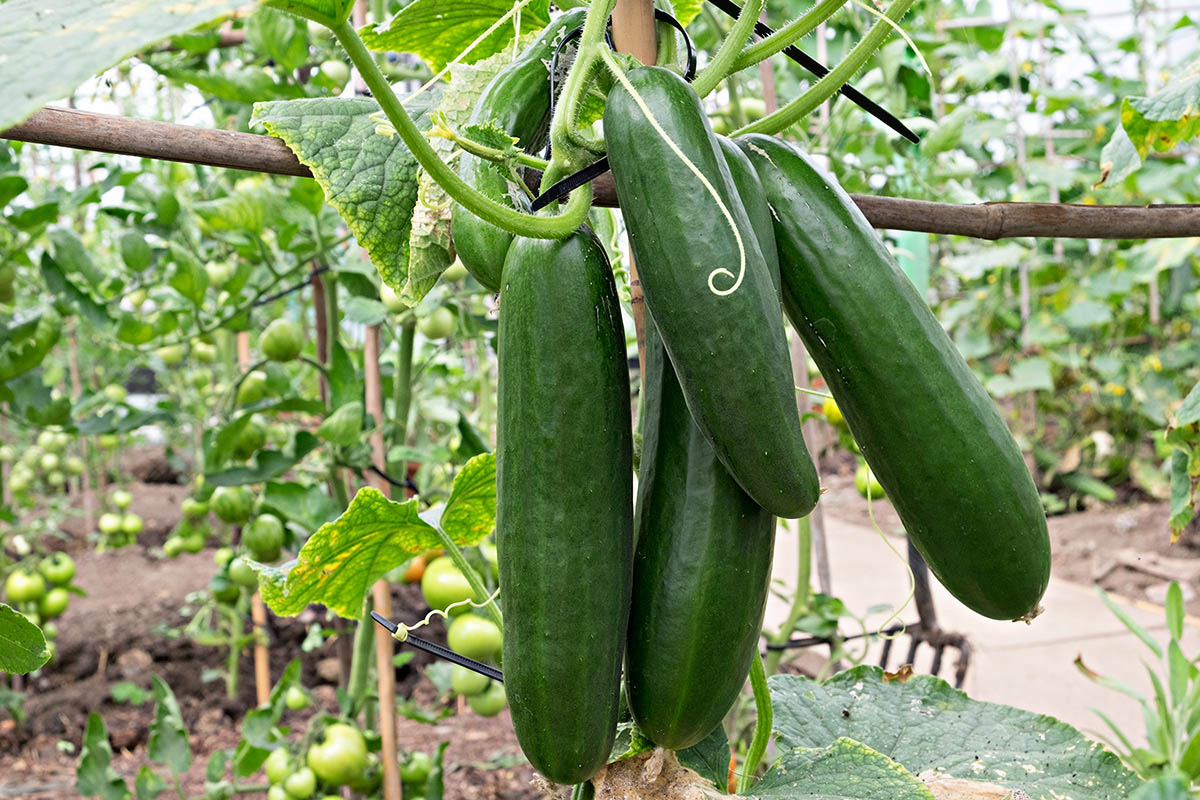
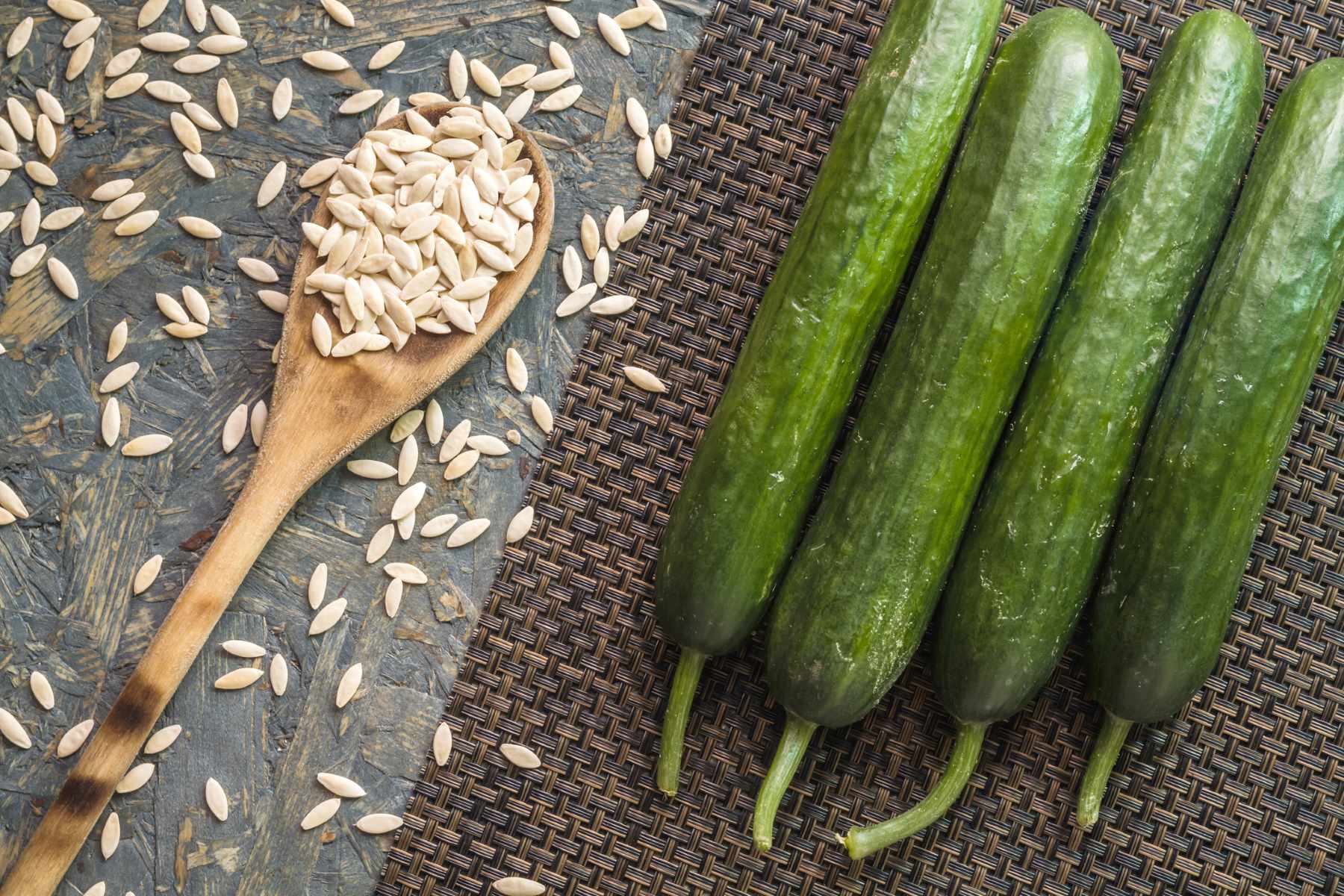
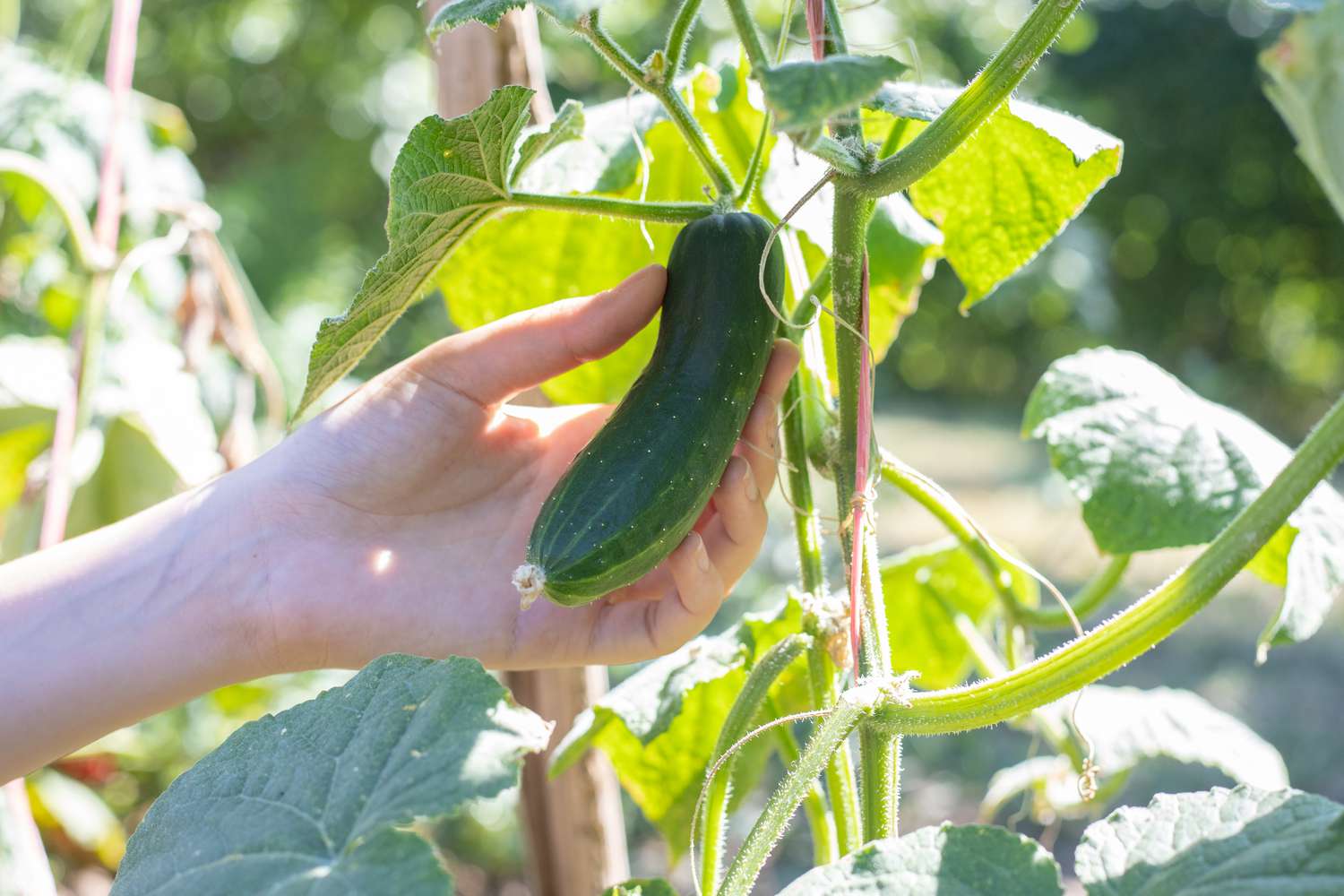
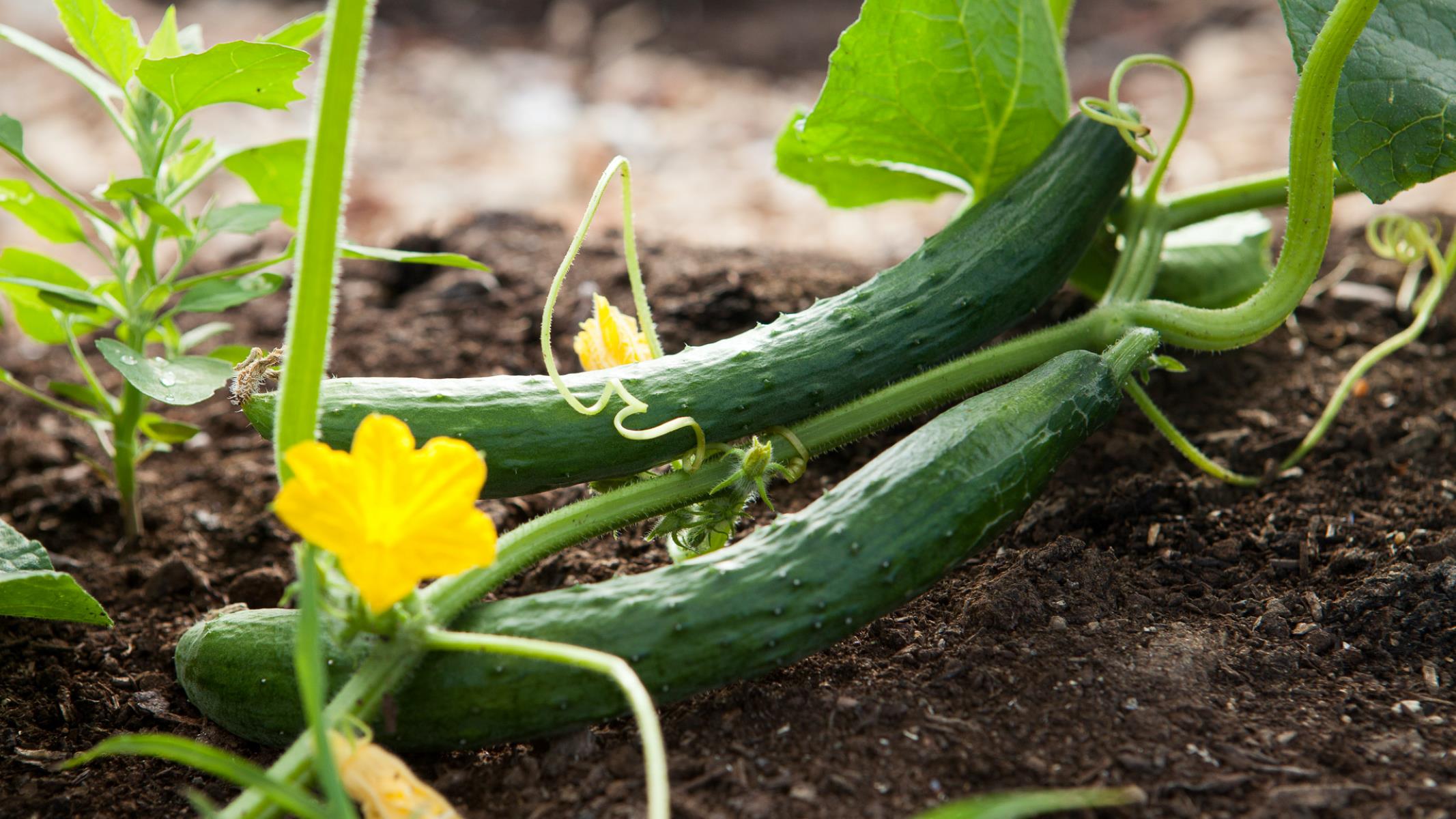
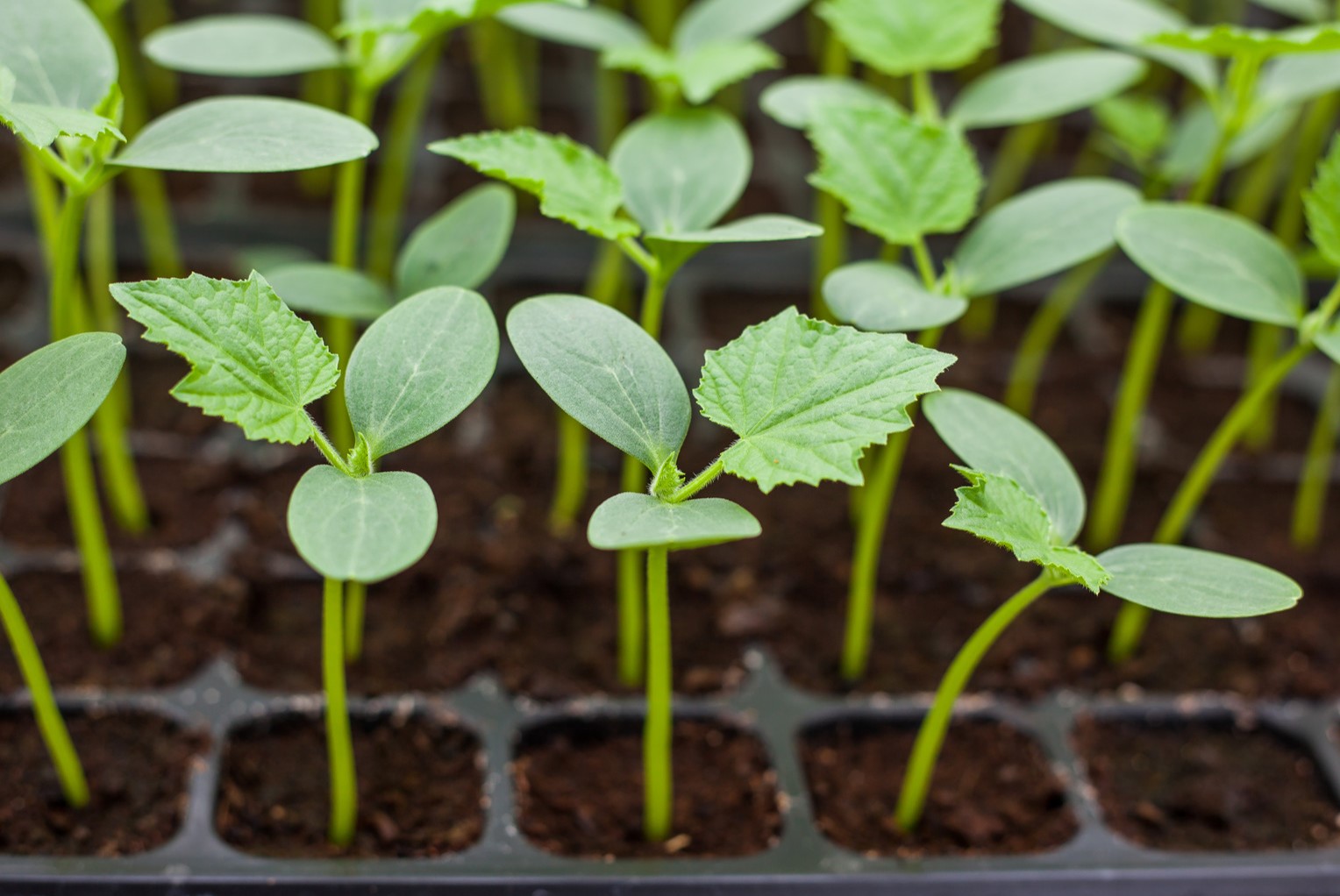
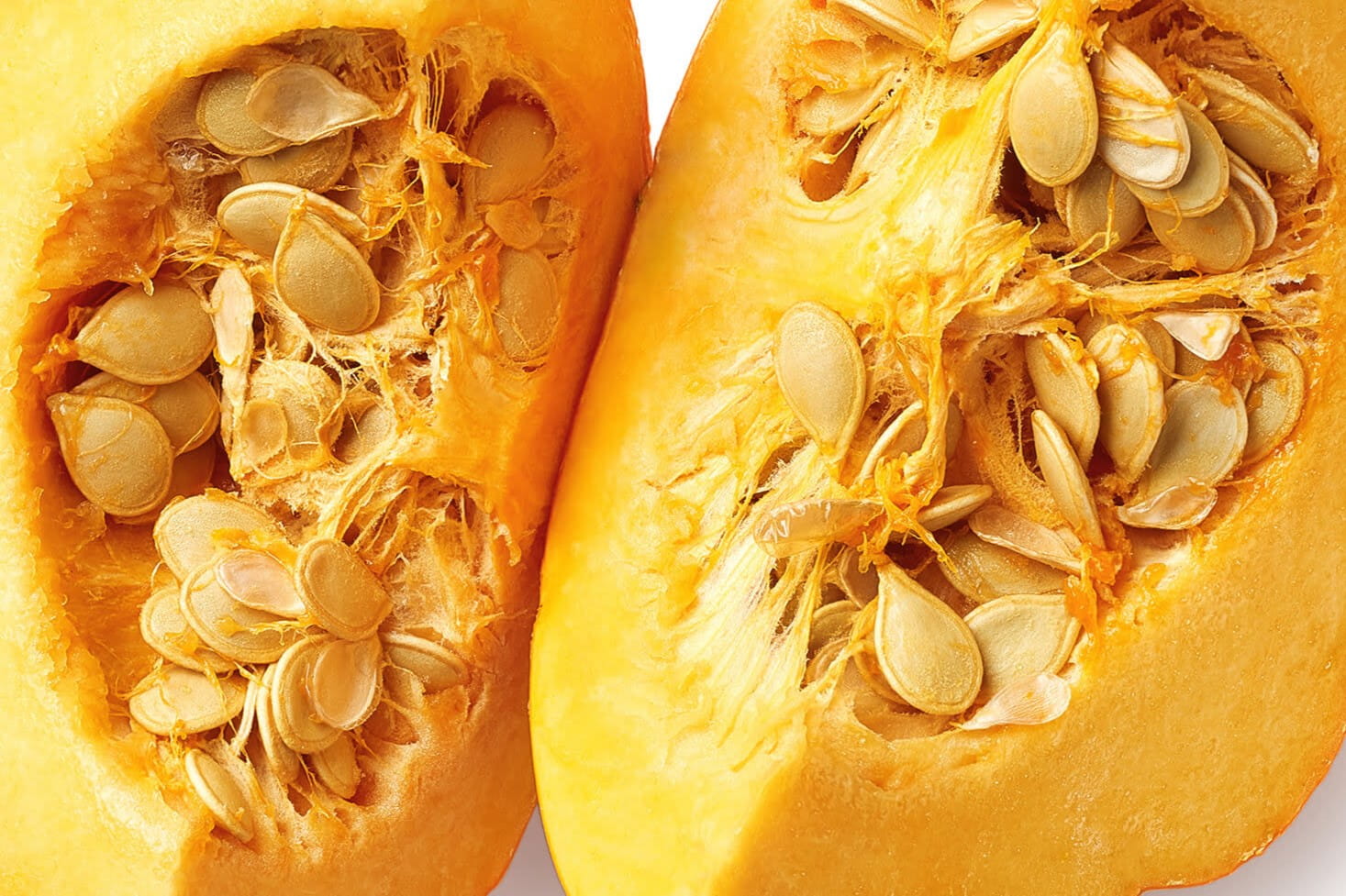
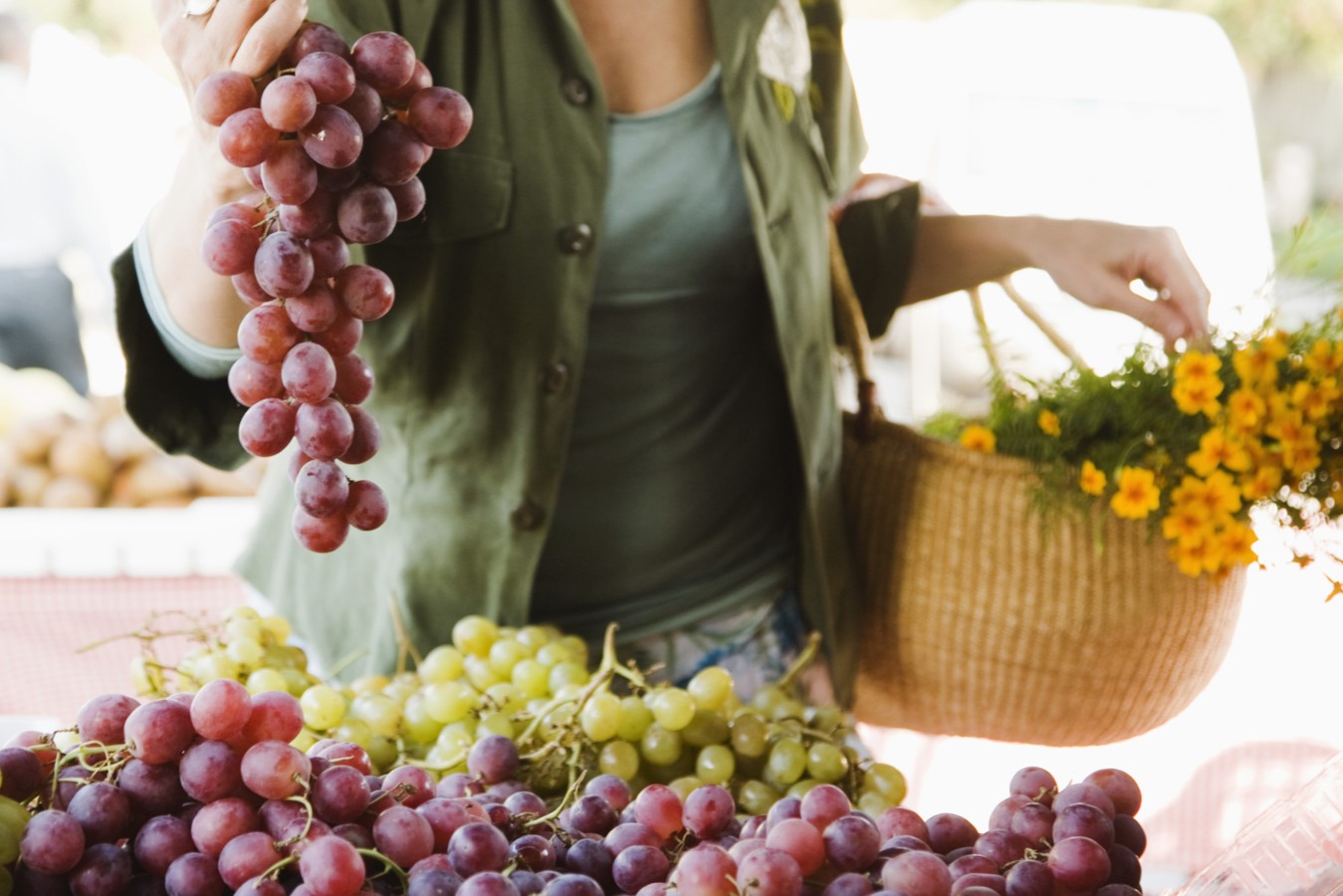
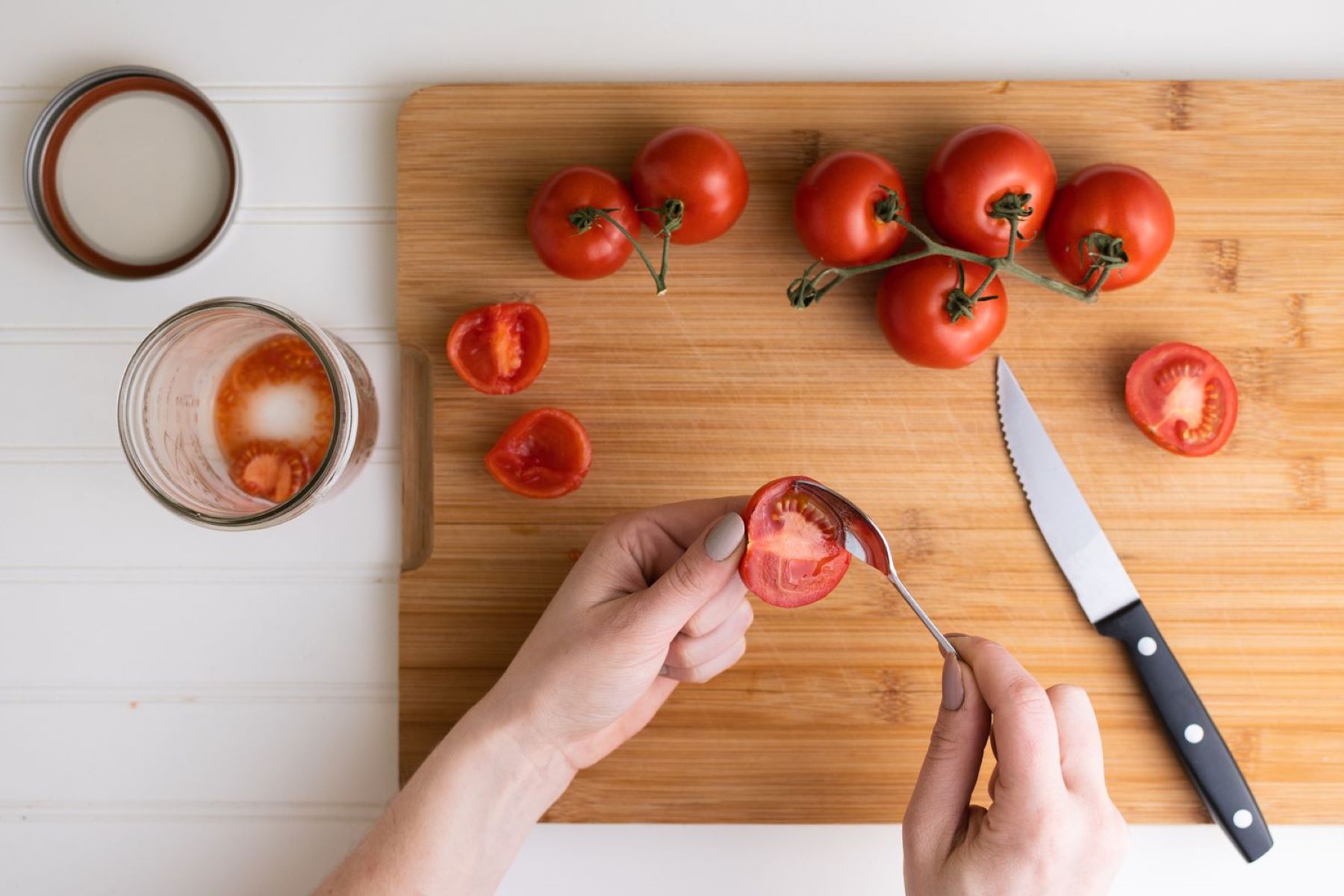
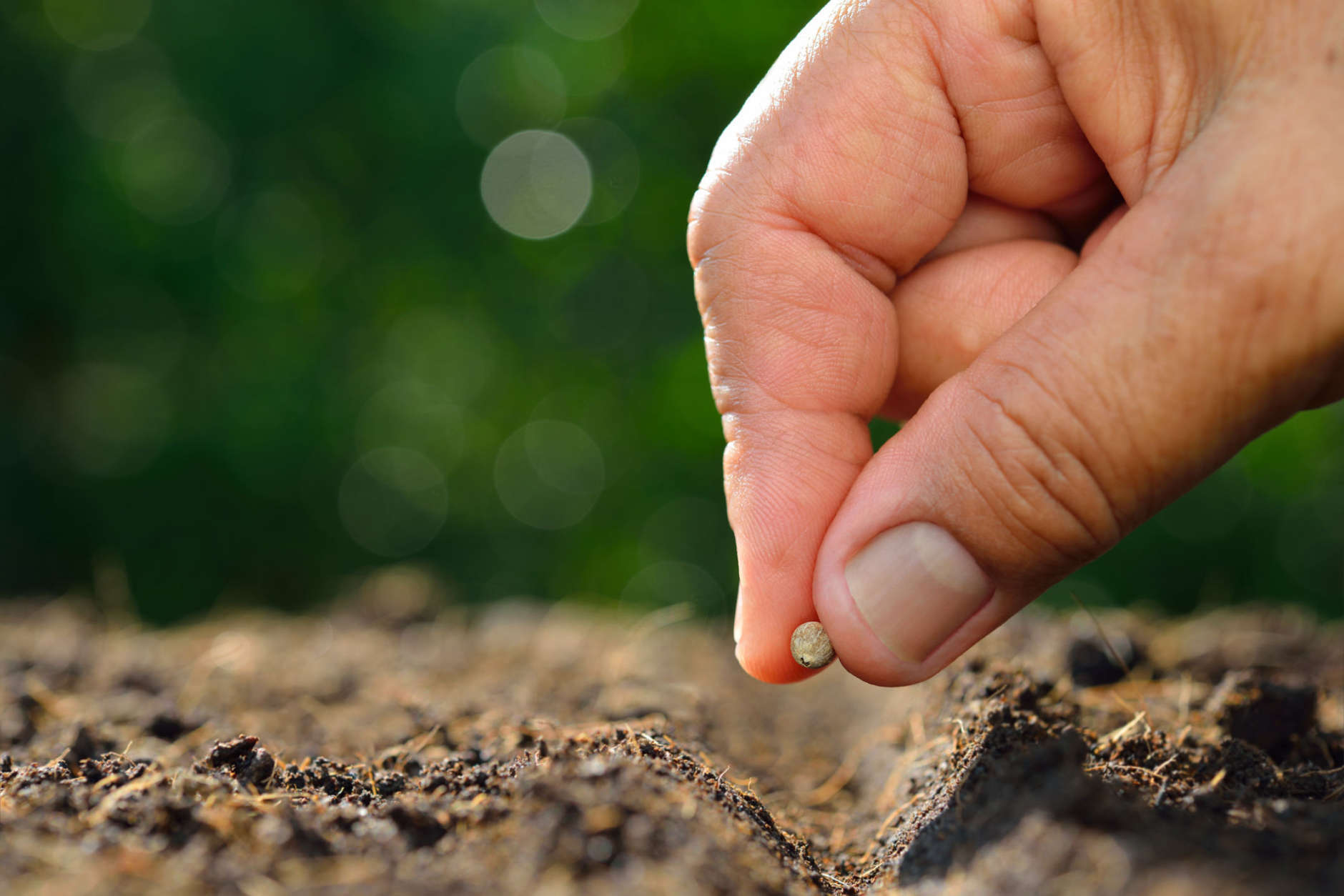
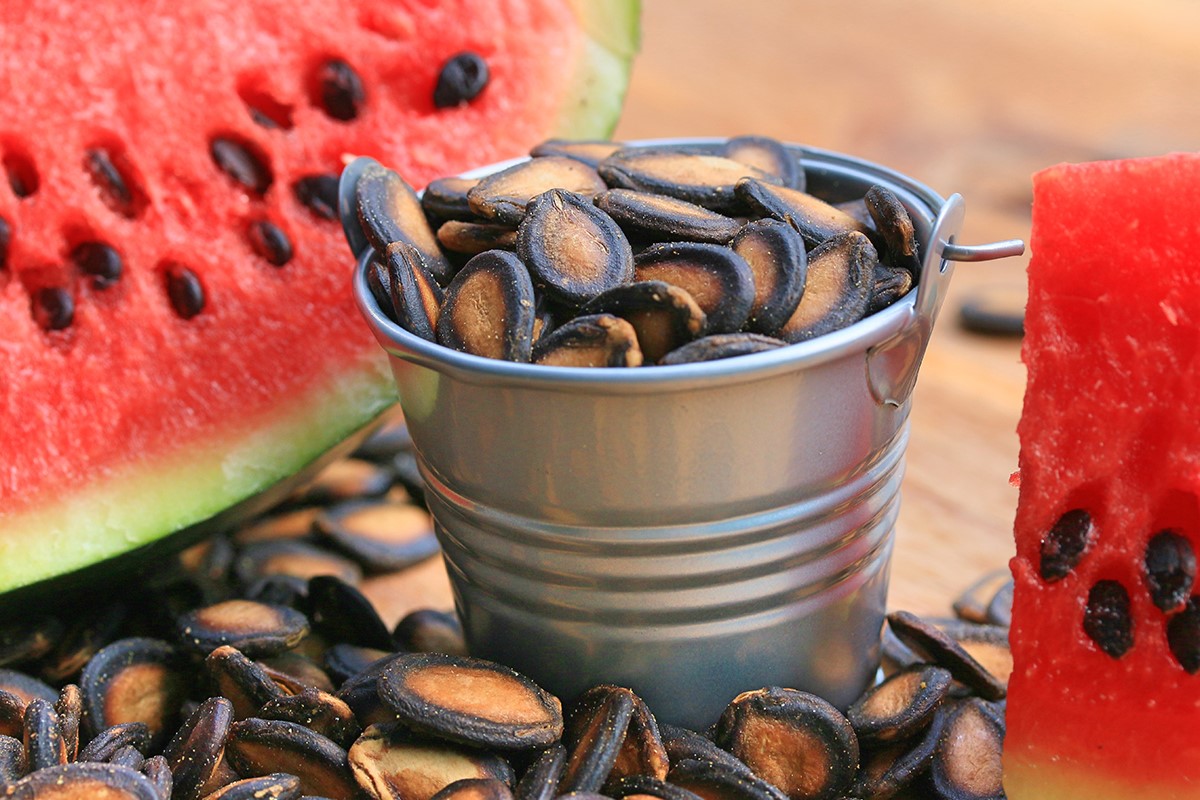

0 thoughts on “How Many Seeds In A Cucumber”